Animal Ambassadors
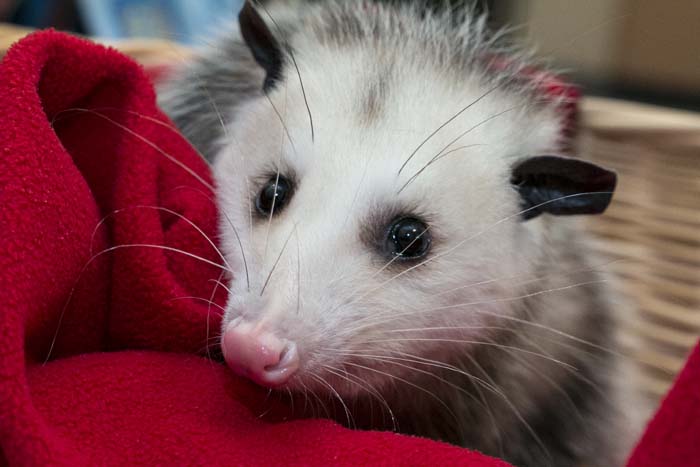
Part of our mission at Project Wildlife is to promote wildlife conservation by teaching children and adults about the beauty and value of our native wildlife.
California's wildlife belongs to us all, and we want to encourage stewardship and appreciation of our native species and ecosystems. As the continuing loss of habitat brings wildlife in contact with people, it is imperative we communicate the importance of protecting natural spaces for wildlife and ways to better coexist.
To help achieve this goal, we travel throughout the county with our educational ambassadors to teach the public. In a variety of programs and presentations, we share the stories of these animals who cannot do so for themselves.
Meet our Animal Ambassadors
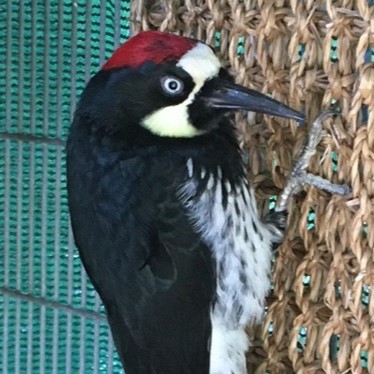
Arnold
Acorn woodpecker
Arnold was found on a golf course in Ramona in 2017. He kept flying onto the shoulders of a couple and when they repeatedly tried to put him in a tree, he would continue to fly back to them. They let him ride on their golf cart for the remainder of their round before they took him to Fund for Animals (now San Diego Humane Society’s Ramona Wildlife Center), and he was ultimately transferred to Project Wildlife. On exam, he immediately flew out of the carrier and onto the shoulder of one of the vet techs. After three months in care Arnold still would readily approach humans, making him unfit to be released back into the wild. Due to his comfort level with people, he was able to become an Education Ambassador and was named Arnold Palmer after the famous golfer as an homage to his origin. After many years of service Arnold was retired from public view due to his advanced age. He will be able to live out the rest of his life peacefully with his caregiver.
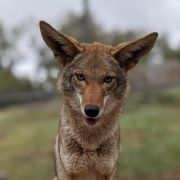
Bella Luna
Coyote
One spring morning, a hiker came upon a puppy so young she still had her eyes closed. She was alone on an open trail in Mission Trails Regional Park. Suspecting she was an abandoned pet dog, the hiker took her to one of San Diego Humane Society’s shelter campuses. After conferring with our Project Wildlife team, we realized the little pup was actually a coyote! In excellent condition despite mild dehydration, the tiny pup was transferred to our Ramona Wildlife Center for care. Due to the sensitive age of the pup and the inability to find another age-appropriate coyote to pair her with, it was determined that she would not be able to be released back to the wild.
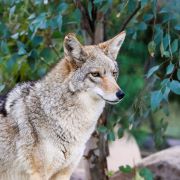
Brawley
Coyote
Brawley was hand-raised by a member of the public after being found alone as a young pup. When she was 3 months old, Brawley was surrendered to the California Department of Fish and Wildlife and brought to our Ramona Wildlife Center. After a short time in care, wildlife rehabilitation staff began observing behavior not typically seen in “wild” coyote pups — Brawley was seeking attention, play, and comfort from her caregivers. After it was determined that she could not be returned to the wild, she was named after the desert county she was born in.
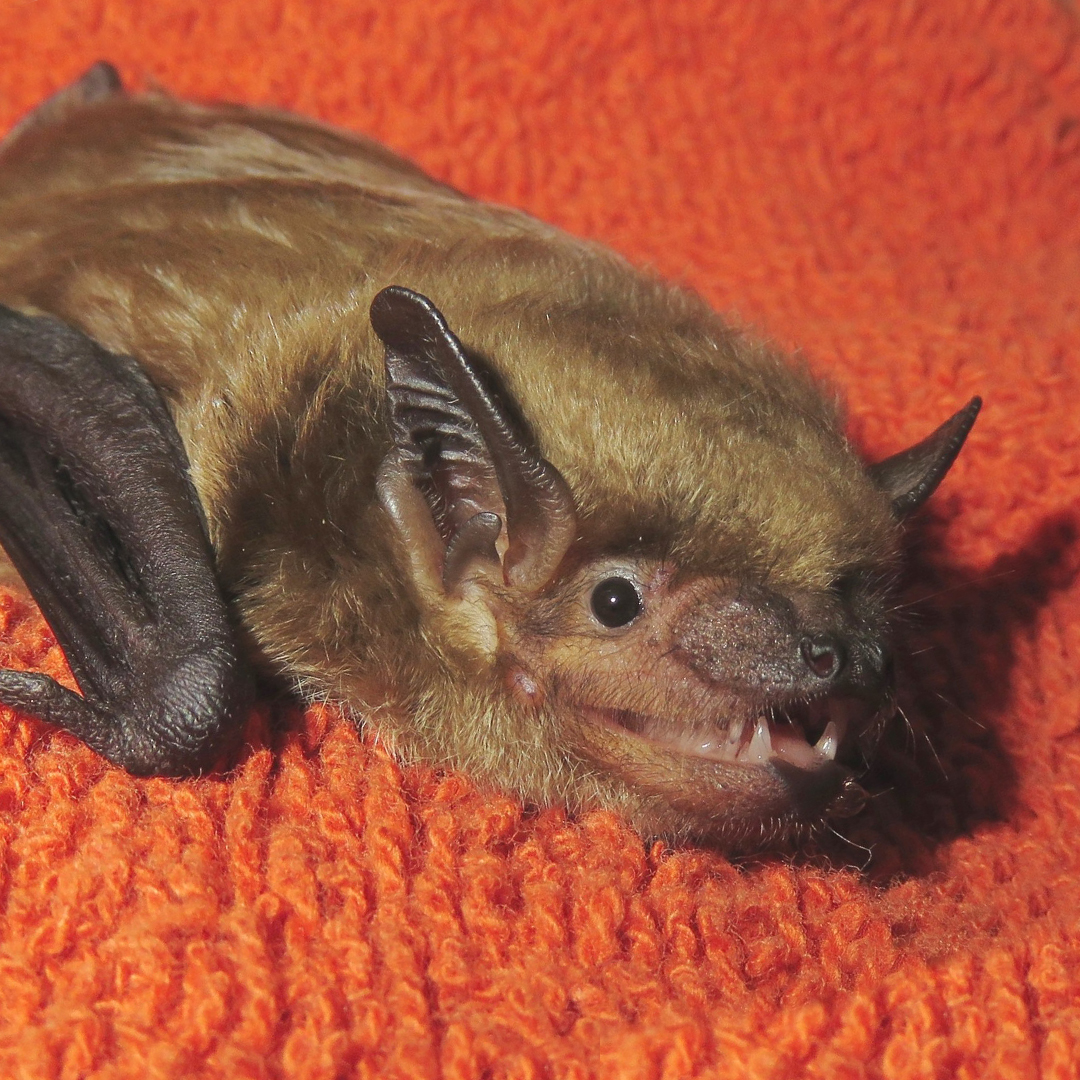
Bruiser
Big brown bat
In the summer of 2021, Bruiser was found as an orphaned infant by a kind-hearted rescuer who used gloves to safely contain the furless pup. He was brought into care and raised with several other young Big Browns that year, but for some reason his arms and fingers never grew out long enough for his wings to sustain flight. Despite much flight practice over many months after he was full grown, our vets realized he was never going to be eligible for release and kept him on as a bat ambassador. Despite their long lives, big brown bats appear to be declining in numbers around Southern California. As an ambassador, Bruiser can now help advocate for his species.
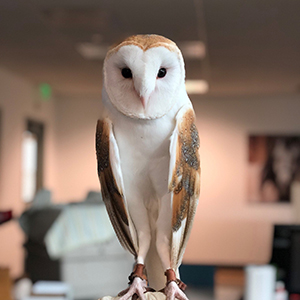
Casper
Barn owl
Casper the barn owl was brought to Project Wildlife in 2015 as a very sick young bird. It took six months to get him healthy and eating on his own. Due to his lengthy care plan and how often he had to be hand fed, he became too habituated to return to the wild. He lives at our Ramona Wildlife Center as an ambassador for his species.
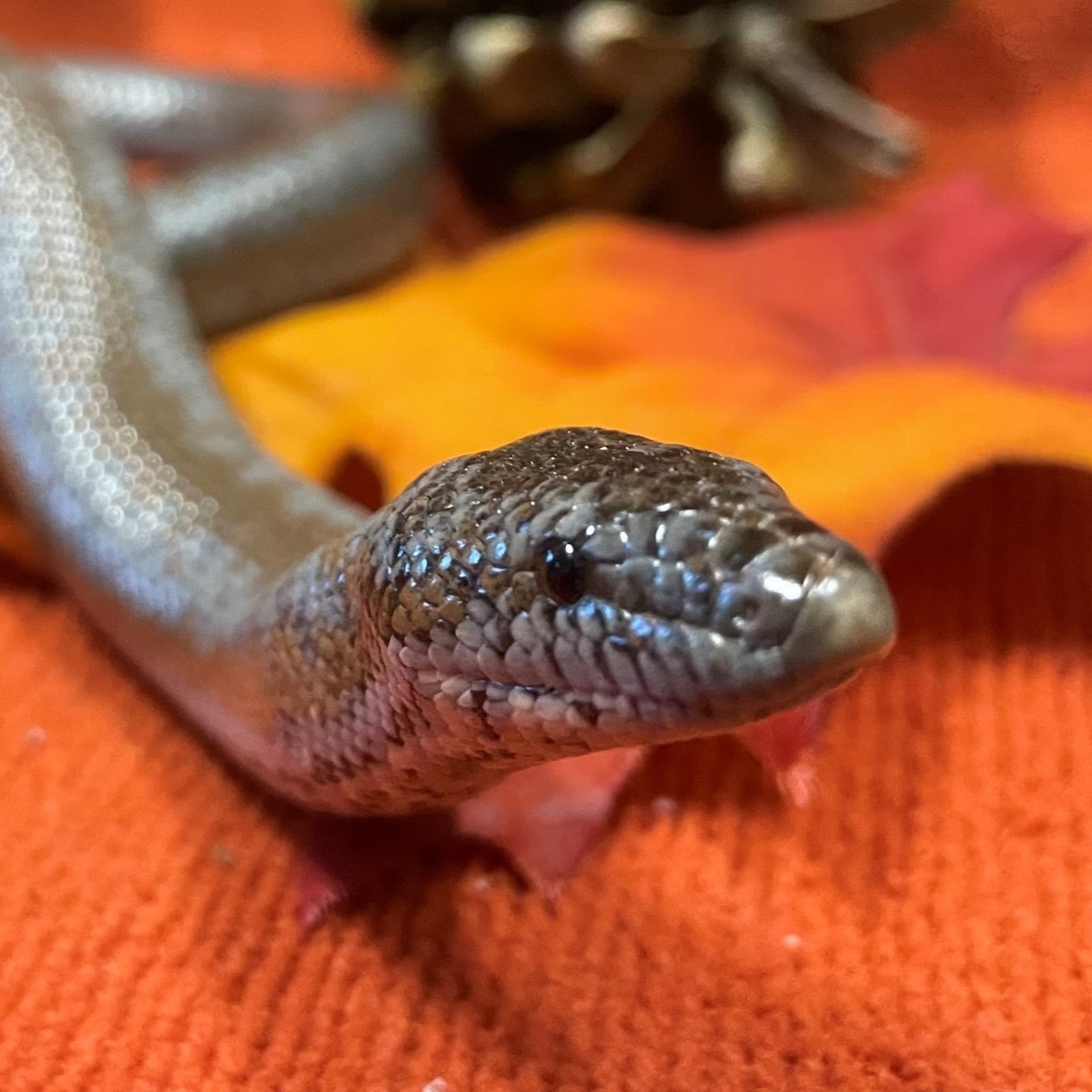
Copper
Rosy boa
Copper was donated to our Project Wildlife program by a past employee. He is an education ambassador and helps us teach people about the importance of snakes in our ecosystem.
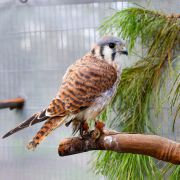
Cricket
American kestrel
Cricket arrived at our Ramona Wildlife Center in 2023. The hope was that the young bird could be rehabilitated and released back to the wild. Upon further examination by our medical staff, it was discovered that she had an old fracture in her left wing that had not healed properly. Due to this previous injury, she would not be able to be released. The wildlife rehabilitation team has worked hard on developing her as an ambassador for her species, demonstrating the tiny yet mighty presence of American kestrels.
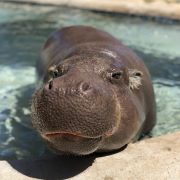
Hannah Shirley
Pygmy hippo
Hannah Shirley is a 52-year-old pygmy hippo who has been in care at Project Wildlife, Ramona since 2001 when the campus was still Fund for Animals. She is currently the world's oldest living pygmy hippo in managed care and is loved and adored by all who meet her. She has three large enclosure areas that she explores each day, including a natural pond and a man-made swimming pool. She receives a daily spa treatment of a specially blended moisturizer to keep her skin nice and smooth. Hannah enjoys lots of enrichment items like stuffed pumpkins and Jolly Ball toys and will always visit her caregivers for a tasty treat. While not an example of native California wildlife, we made the decision not to rehome her due to her age and the length of time she had already lived in her current location.
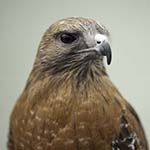
Kwa'Pai
Red-shouldered hawk
Kwa'Pai is a Red-shouldered hawk who came to Project Wildlife as a hatchling in 2004. He was found on the ground underneath a nest, and it was soon discovered that he was blind in his right eye. With poor depth perception and the inability to see danger from one side, Kwa'Pai was unable to be released into the wild. Kwa'Pai's vocalizations and regal bearing inspired his name, which means "chief" in a dialect of the Kumeyaay people.
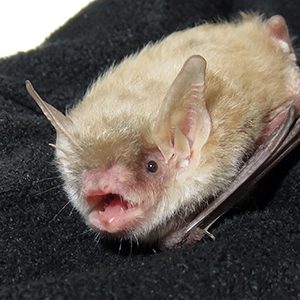
Tracy
Yuma myotis bat
Tracy the Yuma myotis bat came into care in 2017 when two wildlife biologists observed her struggling to stay airborne. Upon examination, it was clear that her finger and arm bones were severely deformed and stunted due to metabolic bone disease. Despite getting extra dietary calcium in care, it was too late to reverse the damage to her bones, and she would never fully develop the ability to fly. In the wild, this shy species hunts almost exclusively around fresh water sources, feeding on emerging aquatic insects such as mosquitoes. They are one of the first bat species to awaken after sundown, so if you are ever near a water source at dusk, such as one of our coastal lagoons, and you see tiny bats hunting low above the water, you are probably watching Yuma myotis snagging their breakfast.
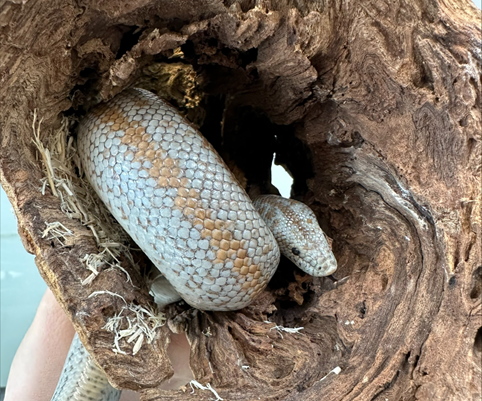
Torrey
Coastal rosy boa
Torrey came to Project Wildlife in 2022, after someone found her in their hubcap. Because this snake species is native to San Diego and can also legally be owned as a pet, our medical team had to assess if she was someone's pet who got lost or a wild snake. Torrey was found in Little Italy and did not show any discomfort being handled by people, so it was decided she was likely someone's pet. After no one claimed Torrey during her stray hold period at the shelter, she moved back to Project Wildlife to become an educational ambassador.
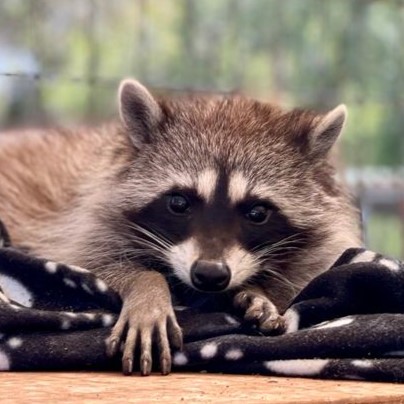
Rita
Northern raccoon
Rita was found as an infant in a community member's backyard, alone and crying out. Her eyes were just beginning to open and due to being so young, she was placed in care with our satellite team. After a few weeks, Rita was paired with another infant raccoon for company and to prevent them becoming habituated to humans. Through Rita's rehabilitation, our wildlife specialists noticed she was not developing and reaching the same benchmarks as other raccoons her age. She didn't appear to be thriving, so we quickly began additional medical care. The team was able to handle Rita easily for all her treatments, and it was determined that she had become too habituated and would not be able to be released back into the wild. Rita lives full time at our Ramona Wildlife Center as a wildlife ambassador.


